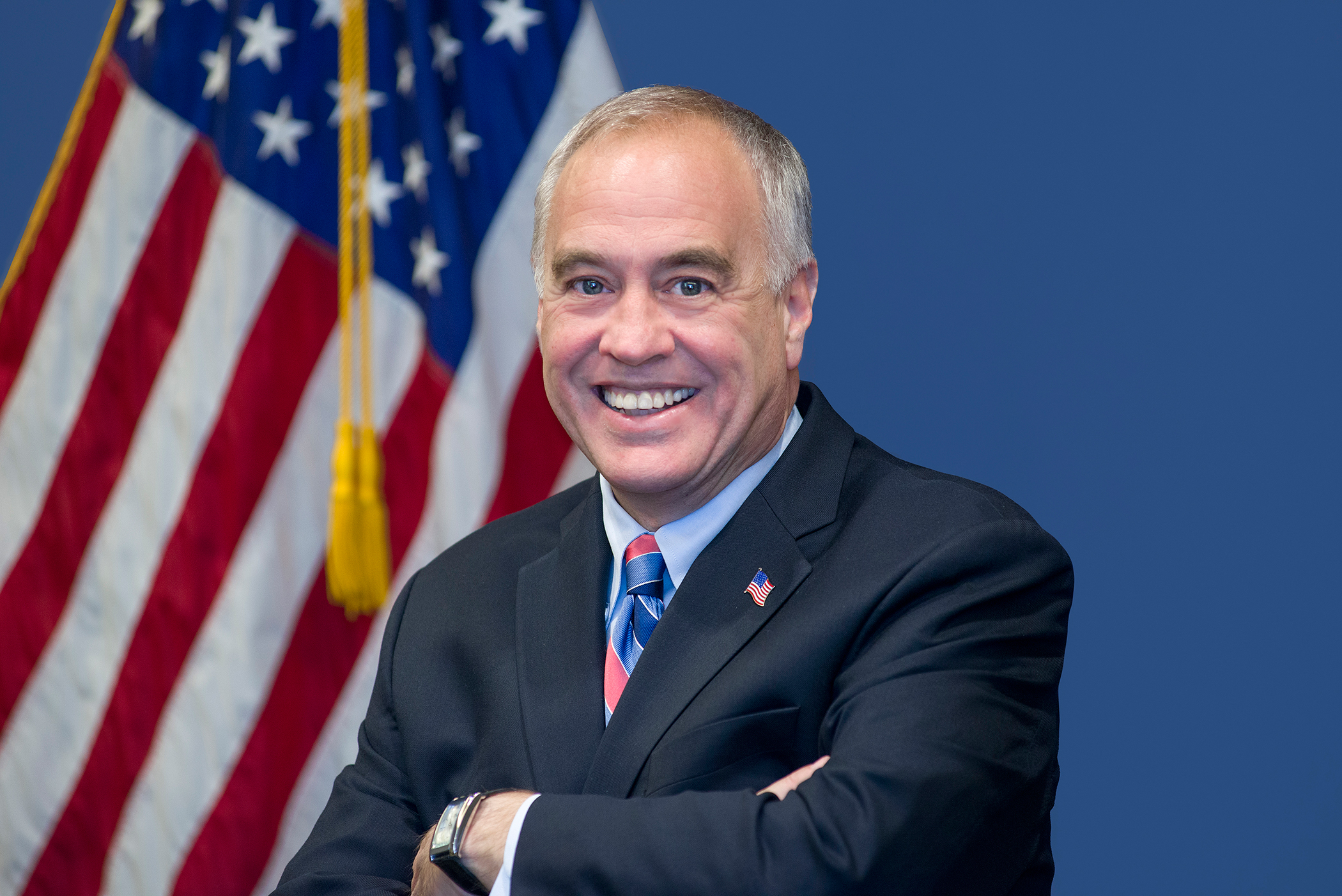Fund investments had a return of 4.13 percent for the quarter and 9.82 percent for the first six months of the current fiscal year.
The New York State Common Retirement Fund has an estimated value of $291.4 billion at the end of the second quarter of New York State’s fiscal year 2025-26, and fund investments “returned an estimated 4.13 percent for the quarter and 9.82 percent for the first six months of the fiscal year,” according to Thomas P. DiNapoli, the comptroller for the state of New York.

Thomas P. DiNapoli
Regarded as one of the largest public pension plans in the United States, the New York State Common Retirement Fund provides retirement funds for more than one million New York State and Local Retirement System (NYSLRS) members, retirees, and beneficiaries, officials say. The NYSLRS administers the distinct retirement systems for the Employees’ Retirement System (ERS), and the Police and Fire Retirement System (PFRS).
“As of Sept. 30, 2025, the fund had 41.7 percent of its assets invested in publicly traded equities. The remaining fund assets by allocation are invested in cash, bonds, and mortgages (21.5 percent), private equity (14.1 percent), real estate and real assets (14.1 percent), and credit, absolute return strategies, and opportunistic alternatives (8.6 percent),” according to the comptroller’s office. “The fund’s long-term expected rate of return is 5.9 percent.”
The latest tally points to an upward trend as the fund’s audited value was $273.1 billion as of March 31, 2025, which marks the end of New York state’s fiscal year. However, DiNapoli urges caution.
“Despite ongoing domestic and global volatility, financial markets have performed well over the past quarter, benefitting the state pension fund,” says DiNapoli in a prepared statement. “Yet concerns over a slowing labor market, inflation, and uncertain federal policy warn of turbulence ahead. Our diversification strategy, long-term perspective, and effective management strongly positions the fund to ensure that state and local government employees will receive the retirement benefits they have earned, even amid any market fluctuations.”
Need a Reprint?